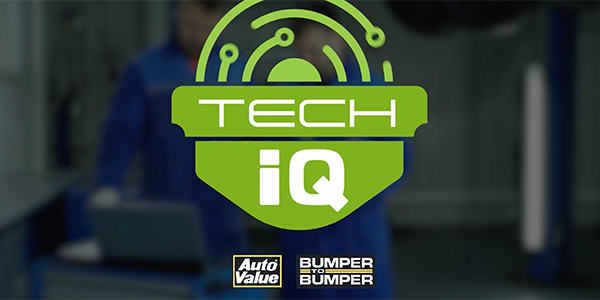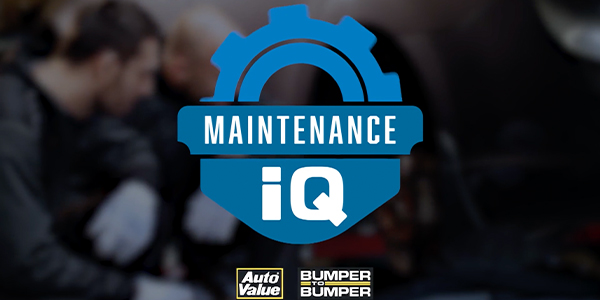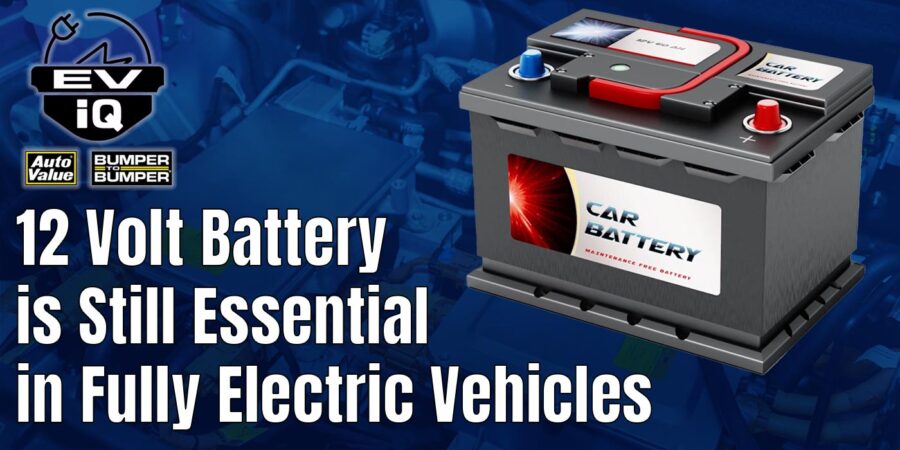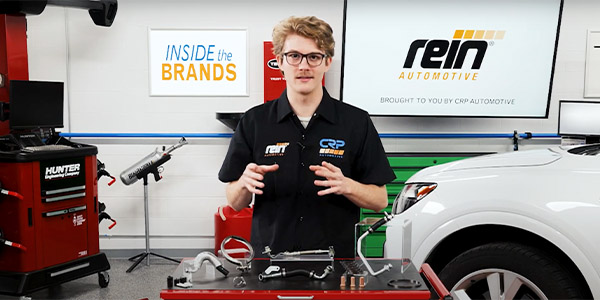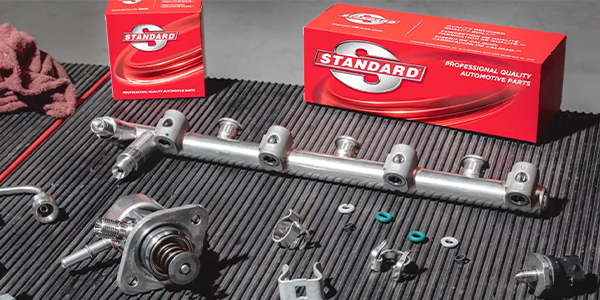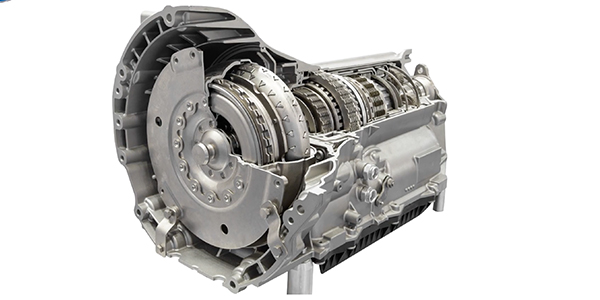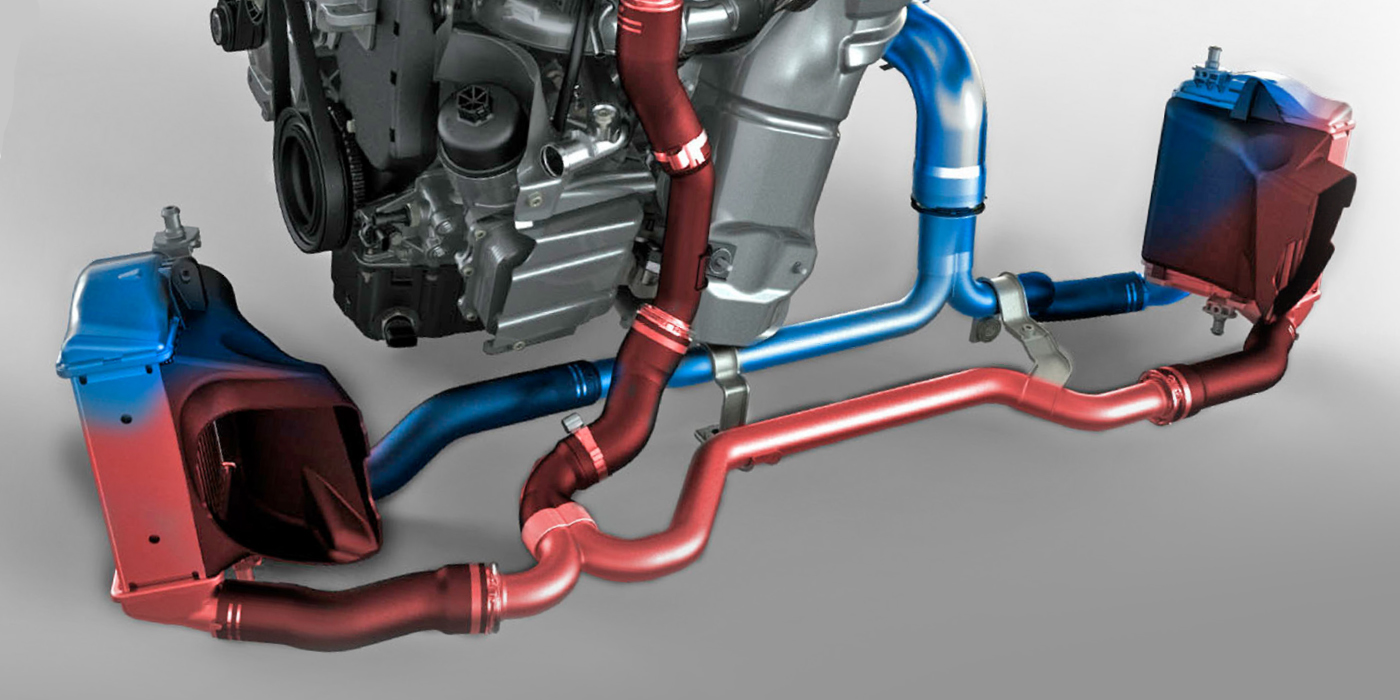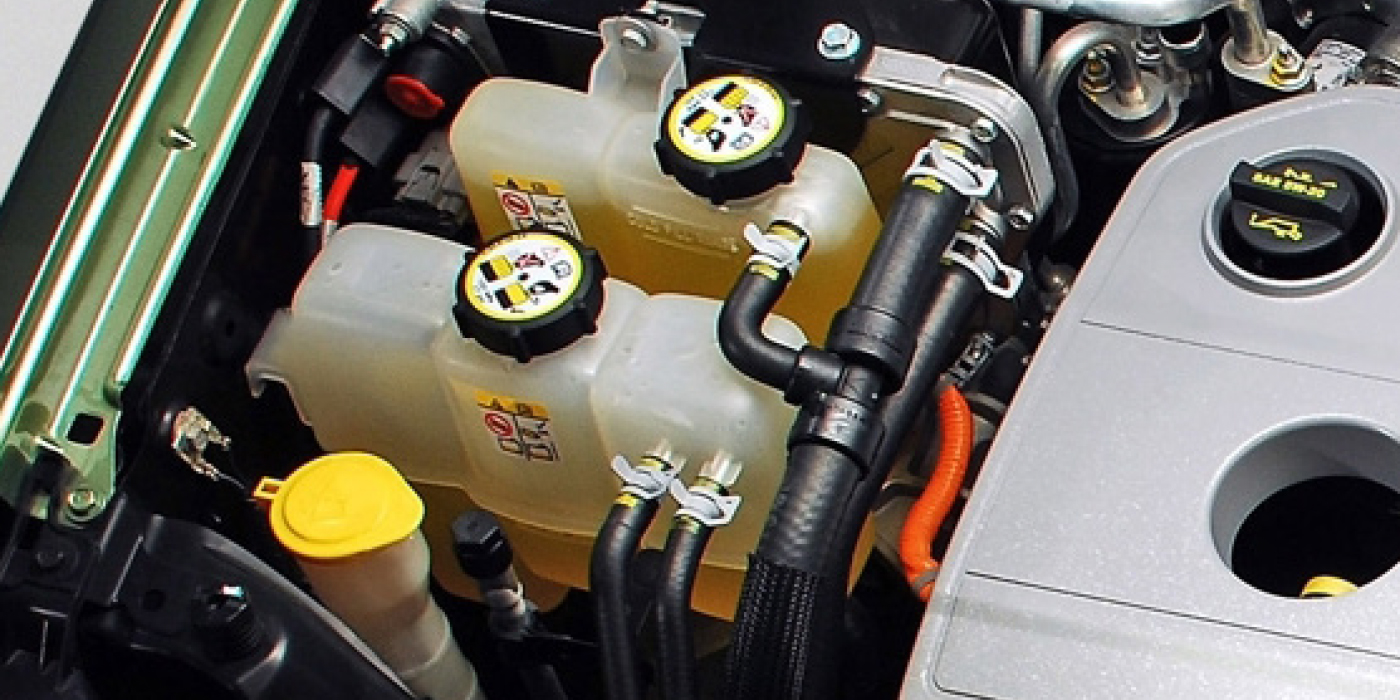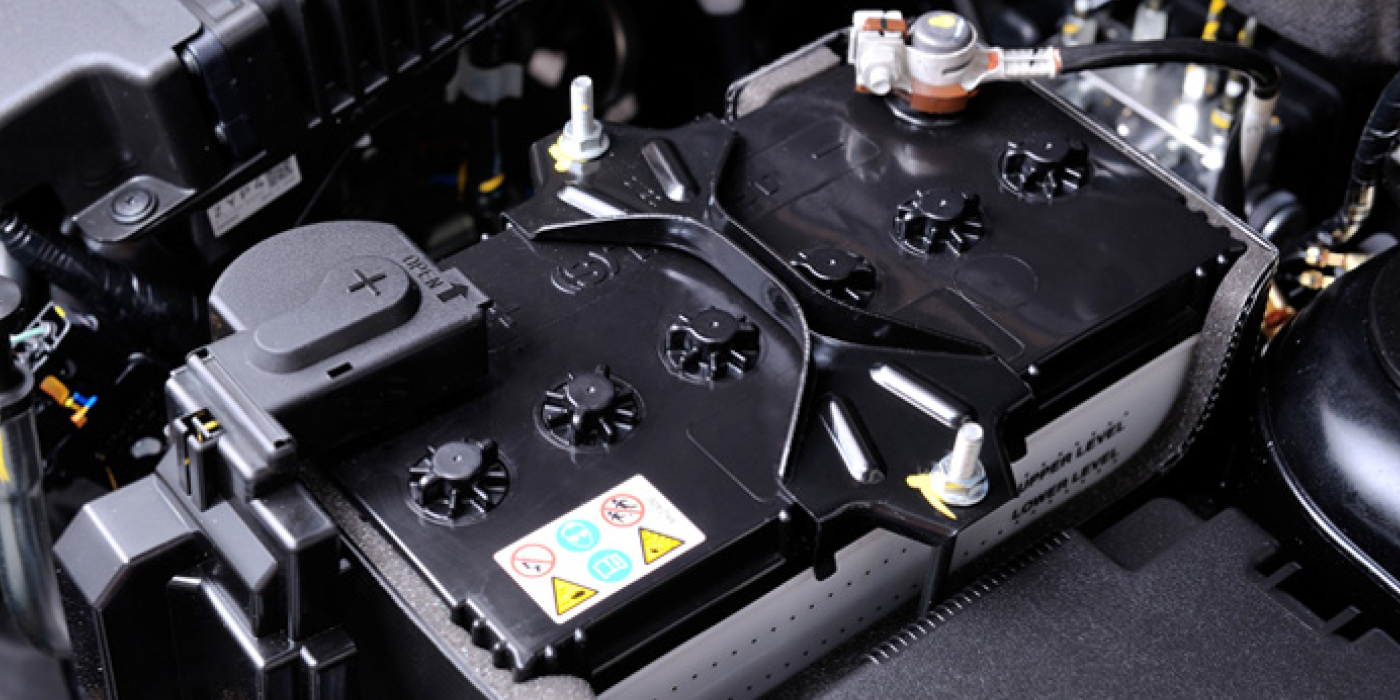CC: Why is your customer’s car not starting? Electrical diagnosis always has been a challenge in the shop and nowadays, with electrical systems and computer control being the hub of automotive technology, it’s even more so. Rotating-electrical components, primarily alternators and starters, are more important than ever, playing an integral role in vehicle and electrical-system operation.
Starters no longer see the age-old abuse of extensive cranking, thanks to the dependability of modern fuel injection and ignition. We’re all accustomed to quick starts, and from a service standpoint, we know that if a vehicle doesn’t start within a couple seconds, it’s not going to.
Unfortunately, with today’s automatic start-stop systems on many cars, concerns about a starter working don’t only happen at the beginning of a trip, they can be felt when drivers approach every stoplight.
The automatic start-stop system improves fuel economy and reduces emissions, but demands more from the starter on a regular basis. The stress on the electrical system continues as the battery is asked to provide power more than it has been in the past, and, in turn, the alternator must keep up with the increased demand to keep the battery at a full state of charge.
Not only do alternators have to keep up with the demands created by the start-stop system, but vehicle-electronic systems in general also are consuming much more than in the past to power a myriad of control units and components. On top of this, battery usage with the key off is far more than ever, as many control units run tests and stay “awake” for several minutes before going into a sleep mode.
Misdiagnosing rotating-electrical components is a reality that can and will occur. The most important factor to start with is the battery. Plain and simple, if a battery cannot perform at its rated capacity it won’t be able to provide what the electrical system on a modern vehicle needs to operate correctly, putting additional stress on the rotating-electrical components. Starters and alternators and their related computer control may not function properly if the battery is in poor condition.
Starter diagnosis generally is cut and dry, and there are fewer misdiagnosis problems, with the most common symptom being a simple no-crank. Battery-cable connections should never be overlooked, however, and power to the solenoid wire should always be checked to confirm all circuits are good.
Alternator diagnosis is more involved than in the past – the primary reason being the computer control of alternator output, which is varied depending on the electrical consumption of the vehicle. A common cause of misdiagnosing a bad alternator is misunderstanding normal charging-system output. The old rule of thumb that we could go by was if you had 13.5 to 14.5 volts at idle, the alternator was charging properly. This is not always accurate with computer-controlled alternator output. Some systems will reduce output to as low as 12 volts if the power is not needed, and may raise it as high as 14.8 volts if many electrical-consuming components are running.
Startup charging voltage is often higher in order to replenish the battery and can drop considerably after a few minutes. This will be reflected directly on the voltmeter of so-equipped vehicles and can cause the misconception that charging-system voltage is erratic when, in reality, it is normal. Service information and understanding the normal operation of the system for every vehicle is the key to proper diagnosis.
Yesterday’s method of hand cranking an engine have thankfully been replaced by today’s advanced systems. What will tomorrow bring? We’re just ‘starting’ to understand.
This video is sponsored by The Group Training Academy.

